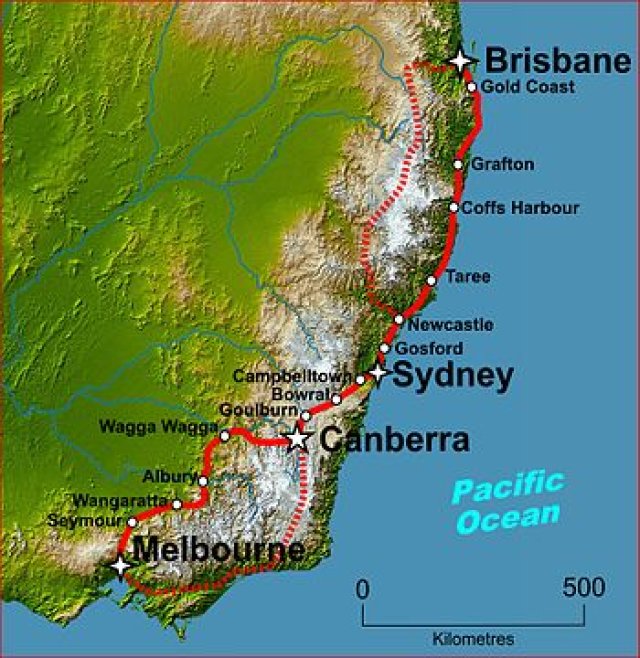
A whopping 22 million passengers went through Sydney Domestic Airport last year – close to the total population of Australia.
Almost 8 million of those were heading to Victoria, and close to 4.5 million to Brisbane. Just over 2 million were off to the Gold Coast, and just under that figure to WA.
In the debate over the environmental and human impact of a second airport in NSW and the push to expand Mascot, it is important to weigh these facts.
In March, the federal member of Grayndler, Anthony Albanese, released a 3200-page report — the Sydney Airport Master Plan — commissioned by the federal and state governments, which recommended a second airport at Badgerys Creek or Wilton.
Albanese ruled out Badgerys Creek, and the NSW Premier Barry O’Farrell said he prefers a Very Fast Train (VFT) to an expanded Canberra Airport. Qantas CEO Alan Joyce supports Albanese, among others.
Albanese said Mascot airport “is physically small and is surrounded by densely populated communities ... By 2015, the roads around the domestic terminal will exceed capacity, creating almost constant gridlock on roads to the city. The report estimates that queues will be 3-4 kilometres long.”
Given the popularity of cut price fares, there’s no doubt that until alternative travel arrangements are put in place, noise and air pollution as well as gridlock will become even worse than now.
The No Aircraft Noise Party (NAN) said the Sydney Airport Master Plan predicts huge rises in air pollution over the next 20 years. Nitrogen oxides generated by Sydney Airport will double from 2317 tonnes per year to 4620 tonnes.
Sulphur dioxide emissions will rise from 139 tonnes a year to 265 tonnes. Volatile organic compounds will go up from 203 tonnes a year to 365 tonnes. NAN also said the report underestimates the passenger number and scheduled services forecasts, so that noise sharing, flight caps and the curfew are likely to be relaxed.
Yet Albanese, the federal government’s infrastructure minister, boasts of Labor’s “action on climate change”.
If the federal government were serious about taking real action on climate change, it would be pushing to get the VFT network up and running. This would be a practical way of cutting carbon emissions (as well as other pollutants) — as well as a huge relief for the noise-stricken inner city suburbs where remedial noise measures simply have not been enough.
Albanese says he’s a fan of VFTs. Last federal election year, he commissioned yet another survey into the VFT possibilities on the eastern seaboard. Prospective operators, government departments and advocacy groups have investigated various combinations of the route between Melbourne, Canberra, Sydney and Brisbane since the early 1980s.
It’s assumed that private operators would build and operate the VFTs making profitability essential to getting the project going. This is simply backward — and dangerous — thinking. The profits-first approach means that while cut-price air travel exists, there will be no environmental solutions to this huge and growing problem.
Australia has one of the highest rates of greenhouse gas emissions per person. For those who are serious about reducing carbon pollution, air travel has to be reduced.
In a huge country — blighted by the tyranny of distance — governments have a responsibility to lead on this by making sure people can travel without adding to the greenhouse problem. Most would happily shift to public transport if it was available and affordable.
A new airport will only mean more flights, more pollution and more noise. Mascot should be shrunk, the curfews should be tightened, and there should be no second airport.
No community, Badgerys Creek or Wilton, wants a busy airport in its vicinity. We don't need a second airport to provide new jobs: VFTs could provide thousands of green jobs.
As the Arctic shrinks and climate scientists continue to warn us they have underestimated the potential dangers of human-induced climate change, we have to act.
[Pip Hinman is running for the Socialist Alliance in Wali (north ward) Marrickville council elections.]
Comments
Anonymous replied on Permalink
Anonymous replied on Permalink
Anonymous replied on Permalink